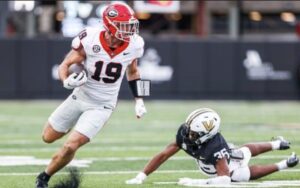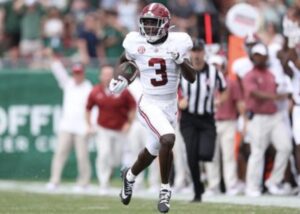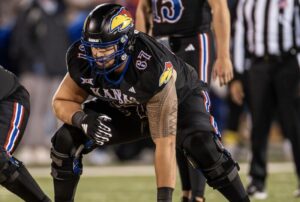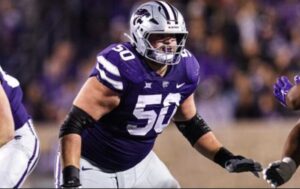The NFL recently announced each team’s Rookie Salary Cap. The Rookie Salary Cap is often referred to as “a cap within the cap†because it limits how much teams can allot to those rookies. The Ravens’ rookie cap number for this year has reportedly been set at $3.374M. What this means is that the 2007 cap numbers for all of the Ravens draft picks must fit under that number. However – and this is a common misconception – that does not mean that the Ravens need $3.374M in overall cap space to sign all of their rookies.
The reason for this is because of the so-called “Rule of 51â€. At this time of the year, only the top 51 cap numbers on the team count toward the team’s overall salary cap. This rule is in place because during the offseason, team rosters number into the 70s, so teams have no way of fitting all of those players under the cap. As such, the NFL has mandated that only the highest 51 cap numbers apply from early March until the beginning of the season.
This is where the rookie cap and the Rule of 51 become intertwined because under the Rule of 51 many of the lower round picks have cap numbers that are lower than that of the 51st player on the roster. As such, they have no impact on the overall cap. This year, for instance, the cap number of the 51st player is $360K. As such, usually, only the cap numbers of the players drafted in the first 4 rounds actually have an impact on the overall cap.
To illustrate this point, let’s consider the contracts signed by last year’s rookie class. Their 1st year cap numbers were as follows:
|
Round Selected
|
Player
|
1st Year Cap Number
|
|
1
|
Haloti Ngata
|
$1.515M
|
|
2
|
Chris Chester
|
$650K
|
|
3
|
David Pittman
|
$438K
|
|
4
|
Demetrius Williams
|
$389K
|
|
4
|
P.J. Daniels
|
$378K
|
|
5
|
Dawan Landry
|
$318K
|
|
5
|
Quinn Sypniewski
|
$308K
|
|
6
|
Sam Koch
|
$293K
|
|
6
|
Derrick Martin
|
$291K
|
|
7
|
Ryan LaCasse
|
$289K
|
So, hypothetically, if those were the cap number of this year’s draft picks, only Ngata, Chester, Pittman, Williams and Daniels would actually be higher than that of the 51st player ($360K). Taking it a step further, once the first 4 of those players (Ngata, Chester, Pittman and Williams) are added in, players with cap numbers of $360K, $360K, $377K and $378K are removed leaving the next highest remaining cap number at $393K. As such, Williams at $389K would become the 51st highest cap number and Daniels would end up not counting against the overall cap at that point.
In summary, as the above illustration shows, the rookie cap does impact the overall cap, but it is not a dollar-for-dollar correlation. Of course, once the season starts, all players must count against the overall cap, so all of the lower round picks who make the 53-man roster will then count against the cap. However, at that point, those rookies would essentially be replacing players who were originally amongst the top 51, but who were cut in favor of the rookies. As such, the impact of adding those rookies into the cap would be offset by the removal of a higher priced player, and the team would actually end up saving a little bit of cap space.
Yet another fringe benefit of choosing well on draft day.











